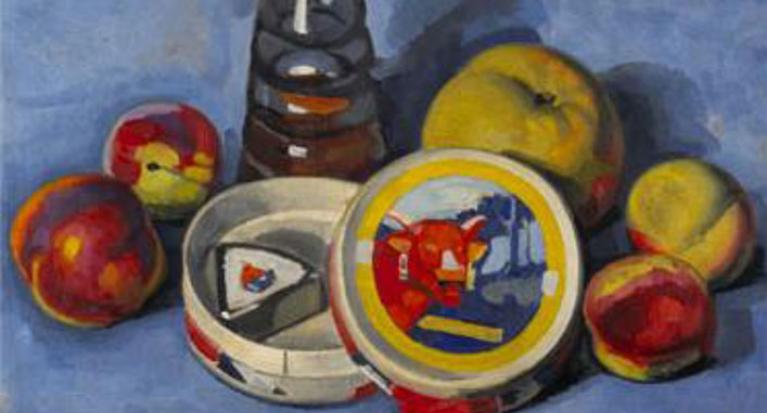Iron for Deep-fried Pastry
Iron
This rosette iron from the 18th century is a fine example of the union of aesthetics and technology in pastry-making.
Beignet is a French term for a deep-fried pastry that goes back to antiquity. In the Western world, it is often made for special occasions, such as Shrove Tuesday (also called Pancake Tuesday), the day before Lent for many Christians, or for the Jewish festival of Hanukkah.
Crafted in elaborate forms – such as blossoms, stars or, as shown here, rosettes – these irons give deep-fried pastries a very pretty appearance. Moreover, their curlicues and lattices make them extra crispy.
These irons are easy to use: after heating in hot oil, the iron is dipped into the batter and then plunged into the oil again. When done, the doughnut loosens from the iron. Sturdy but graceful, these utensils are still being used in Europe today. They are even more common in Arab countries, where this kind of pastry is said to have originated.


